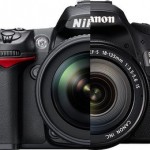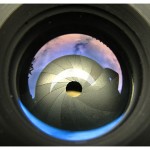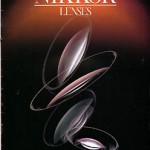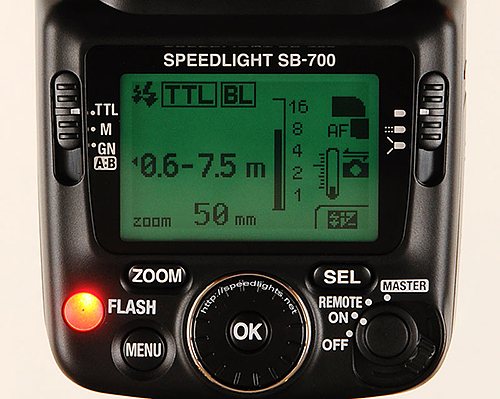
Measuring the intensity of a flash so that it optimally illuminates its object isn’t a hard task. By using the GN formula (at ISO 100) = distance x aperture, we’ll be able to calculate the distance or aperture that’s optimal for certain conditions when photographing. But of course that formula won’t be valid when we’re using a
TTL Metering is a way for the digital camera to automatically measure light. The light is measured via the lens, so even though it’s equipped with a CPL or GND, the measurement is still accurate. Also, another advantage of using the TTL is that since the light is measure from inside the camera, the angle that the camera sensor sees is the exact amount of light seen by the lens. So if you’re using a wide lens, then the light is measured from the widest angle of the lens; and if you’re using a telephoto lens, or setting the zoom to a farther focal length, then the meter will measure the light from the narrow angle of view. Usually, there’s a reflector inside the TTL flash that can move forward and backward. Its function is to change the angle of light dispersed by the flash in accordance to the focal length of the lens, making the light emitted optimally illuminates the object.
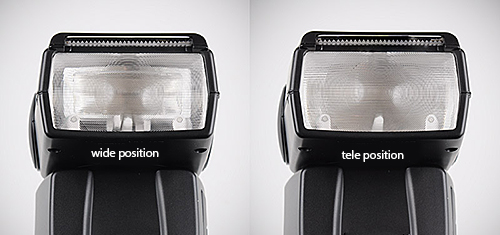
What you have to remember is, not all automatic flashes have a TTL feature. Those that don’t use an optics sensor located in the flash body to measure from just the ambient lighting and not from the amount of light that enters the camera sensors. So when using a filter like a CPL or GND, or an ultra wide or telephoto lens, we’ll need to manually set the flash to compensate the difference.

